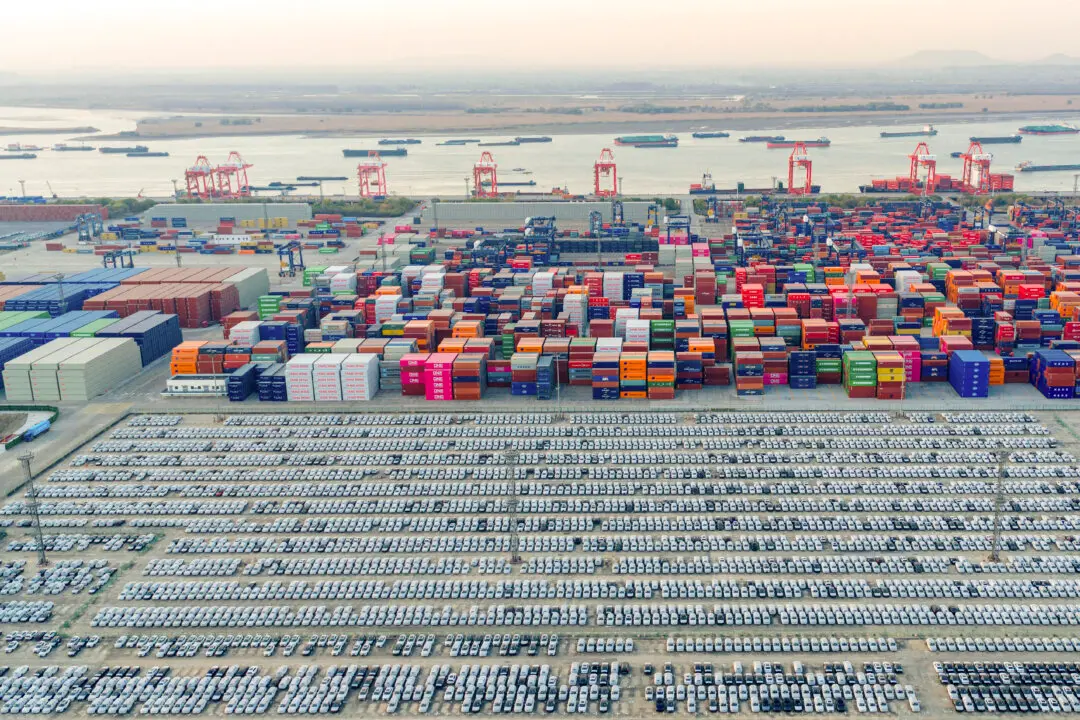Commentary
Student debt debates have, among other things, enlivened conversation about the nation’s long-standing emphasis on college. With so many graduates unable to repay the cost of their education, questions naturally have arisen about whether college effectively serves the economy’s skills needs and, accordingly, whether many now in college might do better with some other sort of training and education.





